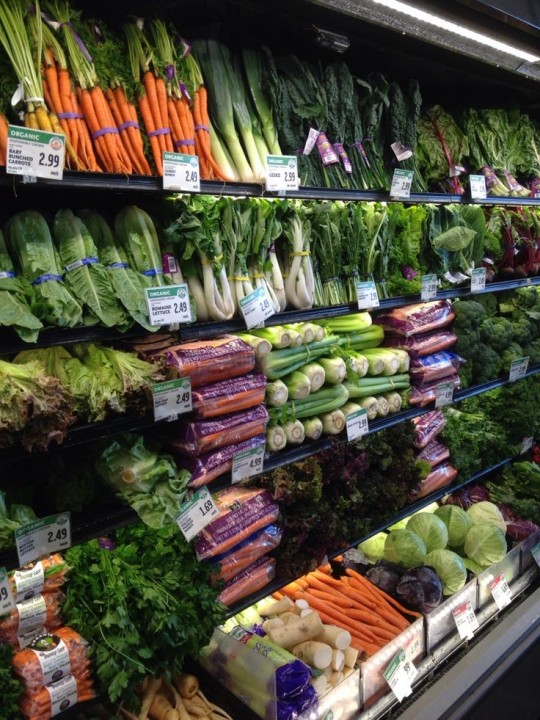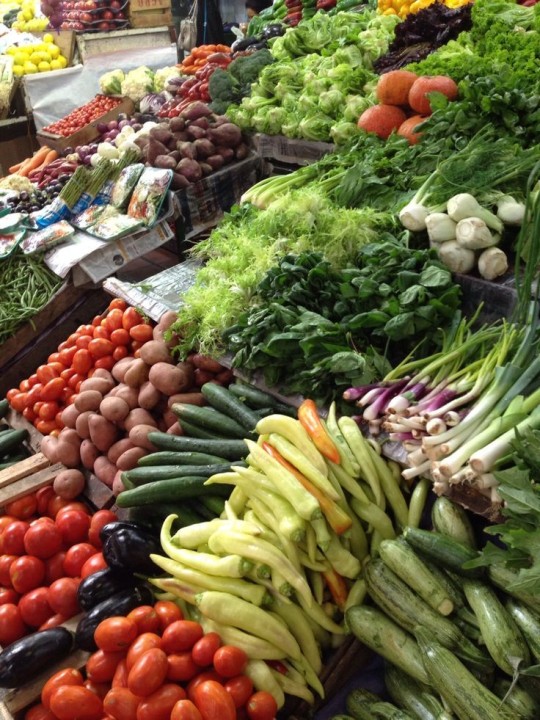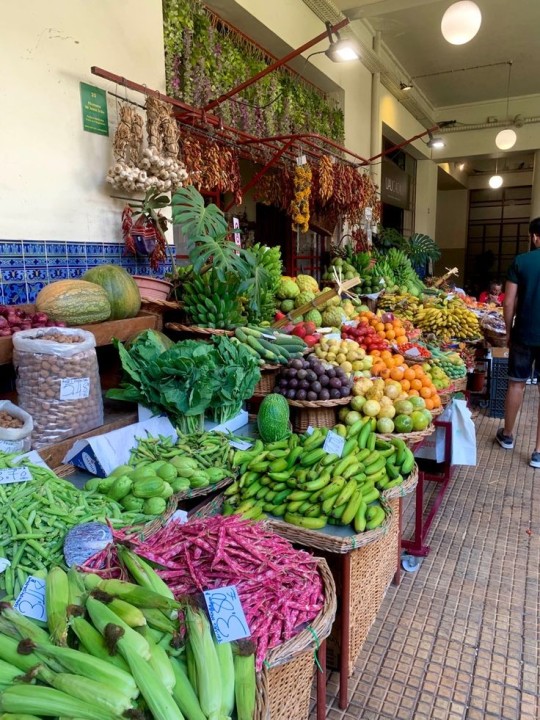A place to store stuff I like, and a record of my own meals 90% Paneer, I’m Indian- so ¯\_(ツ)_/¯
Don't wanna be here? Send us removal request.
Text
6+ traditional "humble" Greek foods that are fading
Below are six recipes or foods that were very loved until the previous century, especially amongst the people of low income. These recipes used very cheap ingredients and helped keep people's hunger satiated. A few new cooks are trying to revive those recipes.
Bobota
Also known as "pie / bread of the poor", bobota was made of corn instead of wheat flour, salted water and olive oil, and occasionally eggs or some filling, if those were available. According to some articles, bobota saved a lot of people during the times of the Axis occupation of Greece.

Bobota with feta cheese.
Petimezi and Threpsini
Unlike the common current sweet spreads like hazelnut pralines (i.e merenda, nutella) that are loved today, during the previous century people would eat their bread by spreading petimezi (molasses) or threpsini (grape cream) on it. It was the most popular snack kids took with them at school in the 50s-60s and it was very nutritious.

Threpsini spread.
Zaharópsomo
For those who could not afford pastries, zaharopsomo was their alternative and it was exactly what the name suggests; bread slightly moistened and sprinkled with sugar. Nowadays zaharopsomo recipes have become a little more refined and it is eaten during the most important fast of the year, that of Great Friday.

Tsigarides
Pork is the traditional delicacy for the Christmas holidays. In the rural areas until the previous century families would have a pig, which was eaten on Christmas day. No edible part of it would go wasted and fat remnants were preserved in water and salt, in a process that made them similar to bacon. Tsigarides could be kept for long, even for the full year until the next Christmas.

Plighuri and Trahanás
Plighuri is bulgur. Trahanas might be known better in English as tarhana, but historians are indecisive on whether the etymological origin comes from the Persian tarhana or the Greek trahanas (pro-Greek speculations link it to the words trahýs or traghanós, meaning rough, coarse in texture). In any case, both are very popular foods of the East Mediterranean, Central and Southwestern Asia. In fact, plighuri and trahanas were the most common dough-y (?) types of food Greeks ate until they were replaced by rice and spaghetti in the last decades. Nowadays, plighuri and trahanas are making slowly a comeback as more and more famous chefs are incorporating them to their dishes as the evolution of the Greek cusine has been getting a "back to the roots" vibe lately.

A soup with trahanas.
Revythópsomo
Literally meaning chickpea bread. During the Axis occupation of Greece, chickpeas were used as substitutes to a lot of things, even coffee beans! Yep, a chickpea drink was at the time about the closest option Greeks had to feel like they were drinking coffee. With the chickpeas, olive oil and a tiny portion of flour, they would make chickpea bread which was also a saviour to them in those hard times.

A sandwich with a chickpea bread.
Source
71 notes
·
View notes
Text
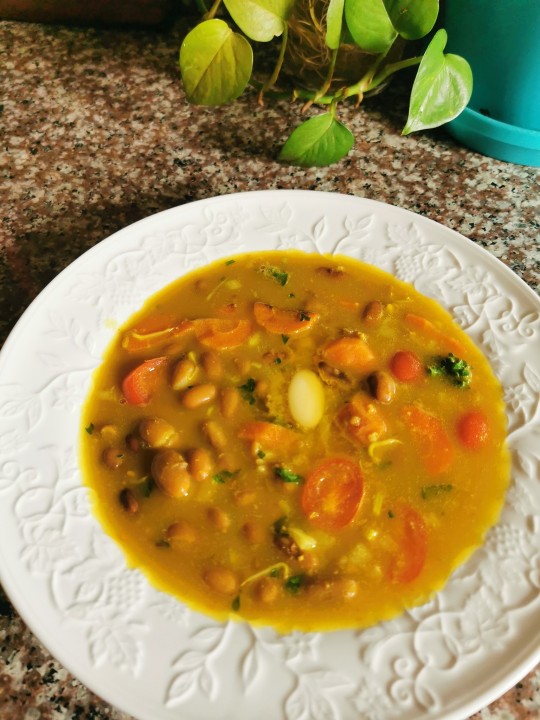
Fasolada
1 note
·
View note
Text
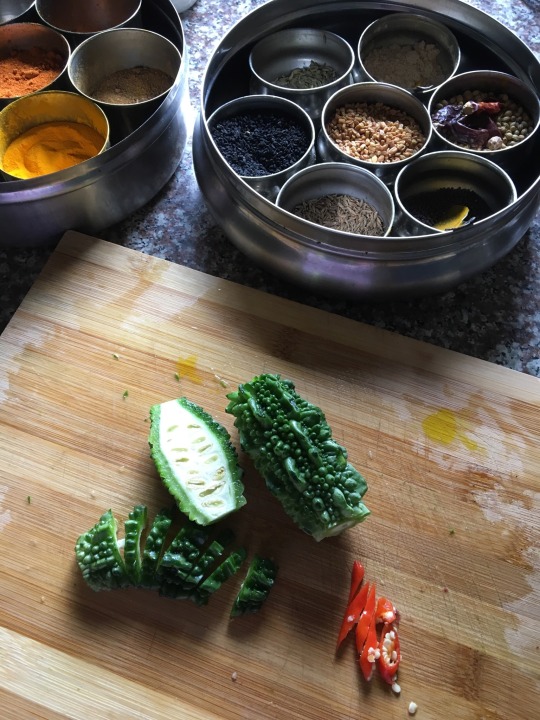
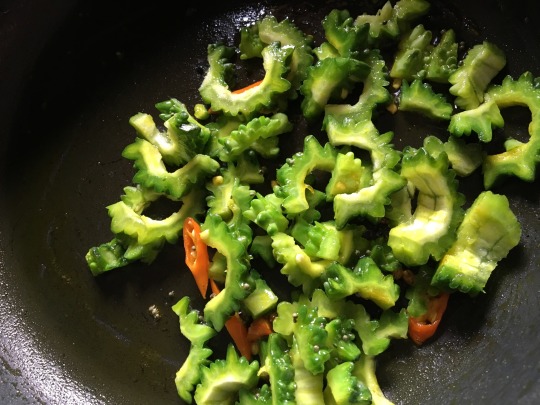
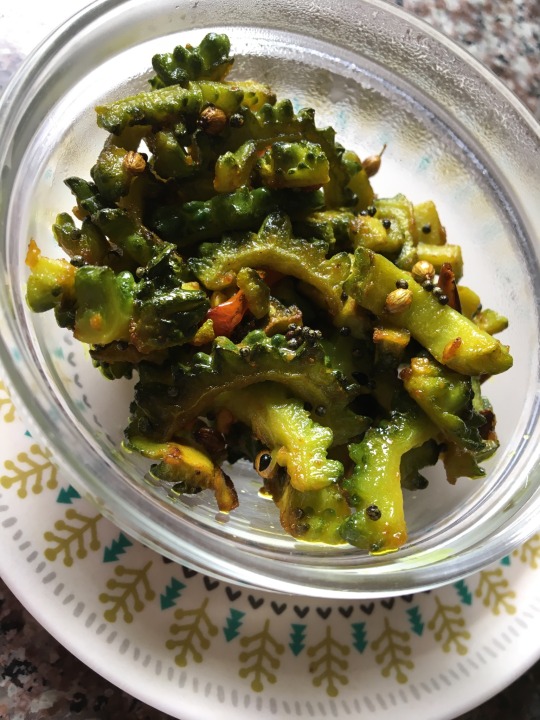
Stir fried Bengali Bitter Gourd
Bitter Gourd/Red Chillie/Salt/ Turmeric.
1 note
·
View note
Text
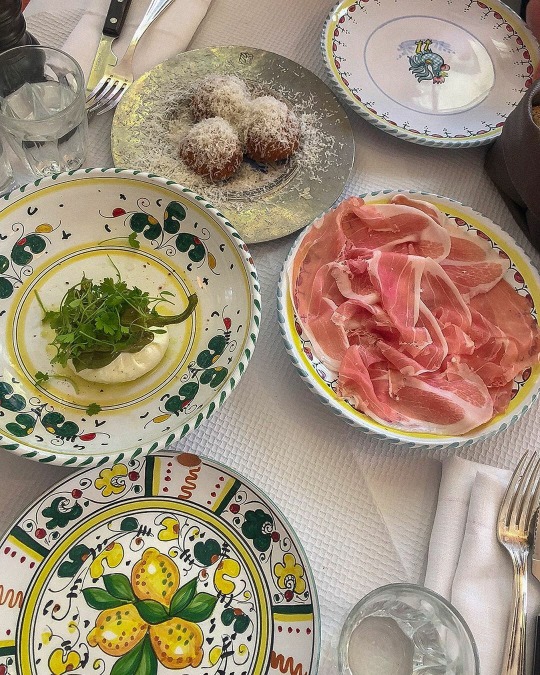
https://www.instagram.com/p/B_cF7uxhN5p/?igshid=39cdnn7ybu43
592 notes
·
View notes
Text
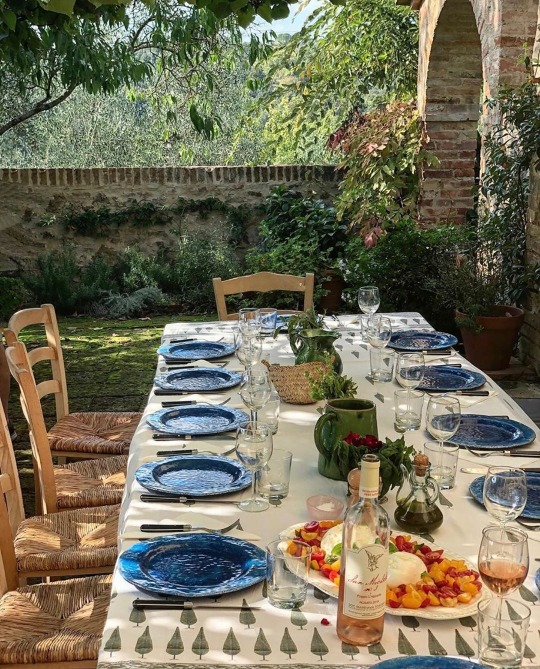
https://www.instagram.com/p/B_62iBRn5oa/?igshid=sfevq2c43wwo
10K notes
·
View notes
Text
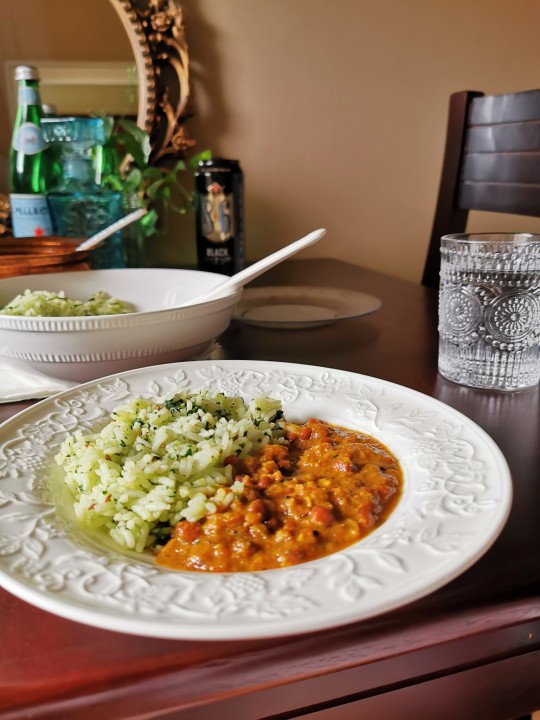
Daal Makhni and Spinach/Coriander/Garlic Rice
5 notes
·
View notes
Text
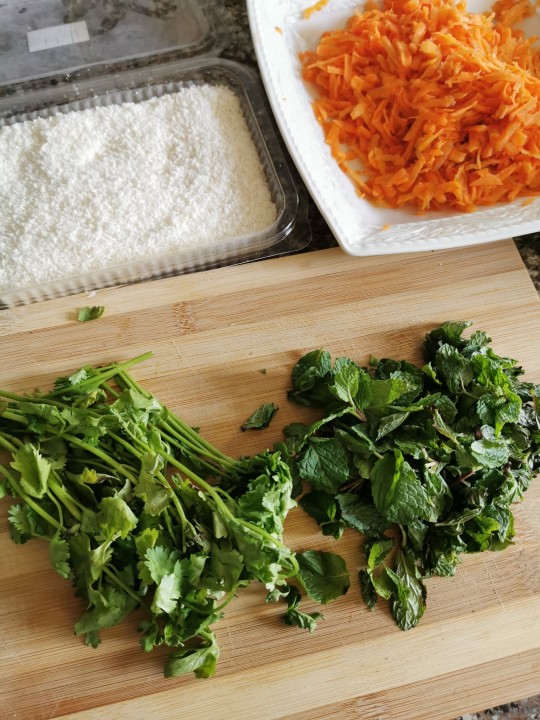
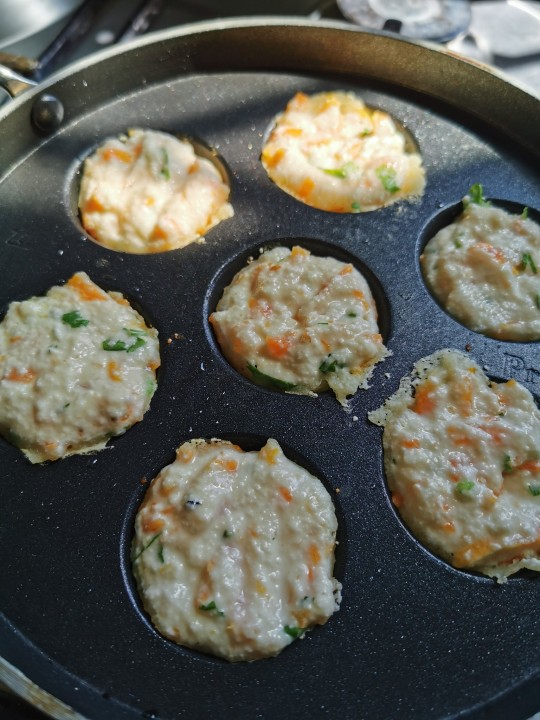
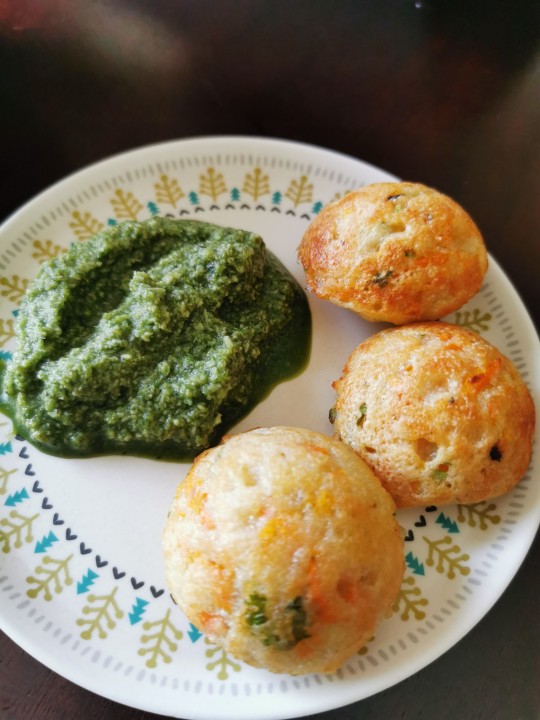
South Indian Brekky. Mint/coconut chutney and Appe
5 notes
·
View notes
Text
the plague: stay inside
everyone: i must bake Bread, immediately
69K notes
·
View notes
Text
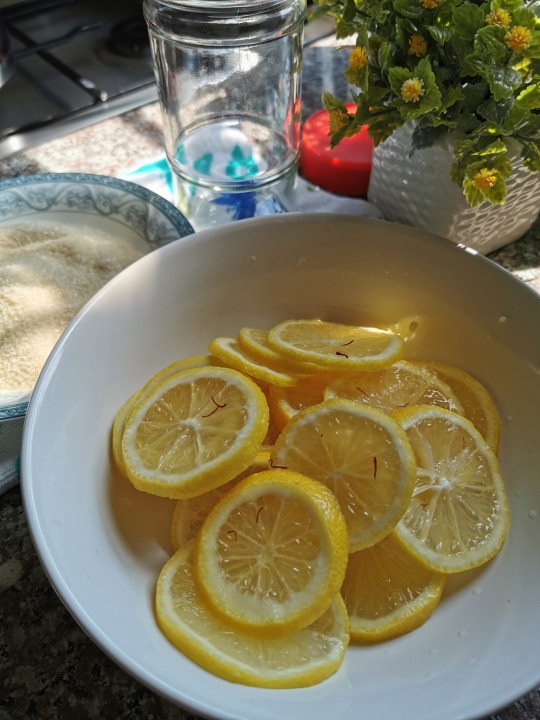
My first attempt at a simple lemon pickle
1 note
·
View note
Text
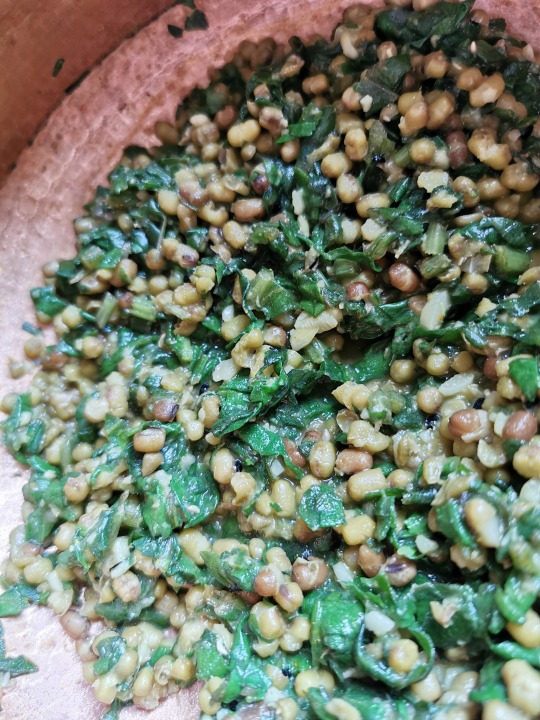
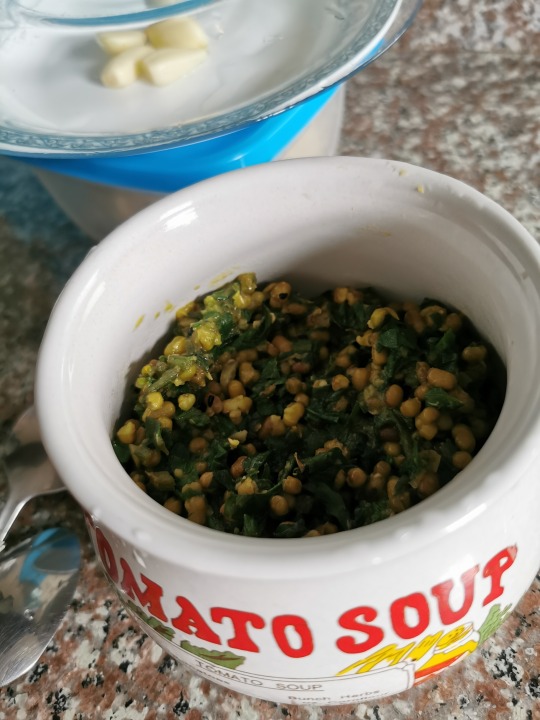
Whole mung beans with some spinach. Hulk brekky. 💚
2 notes
·
View notes














